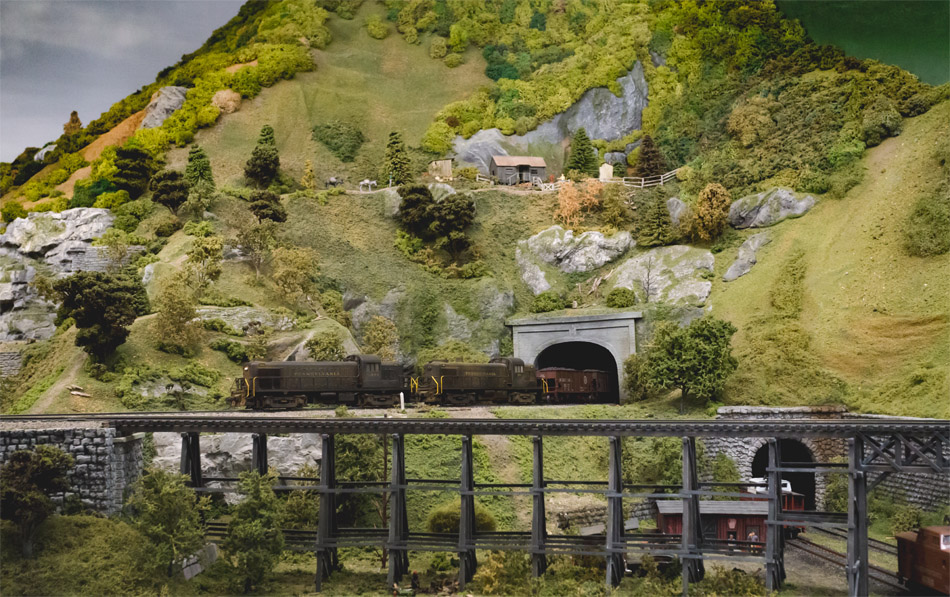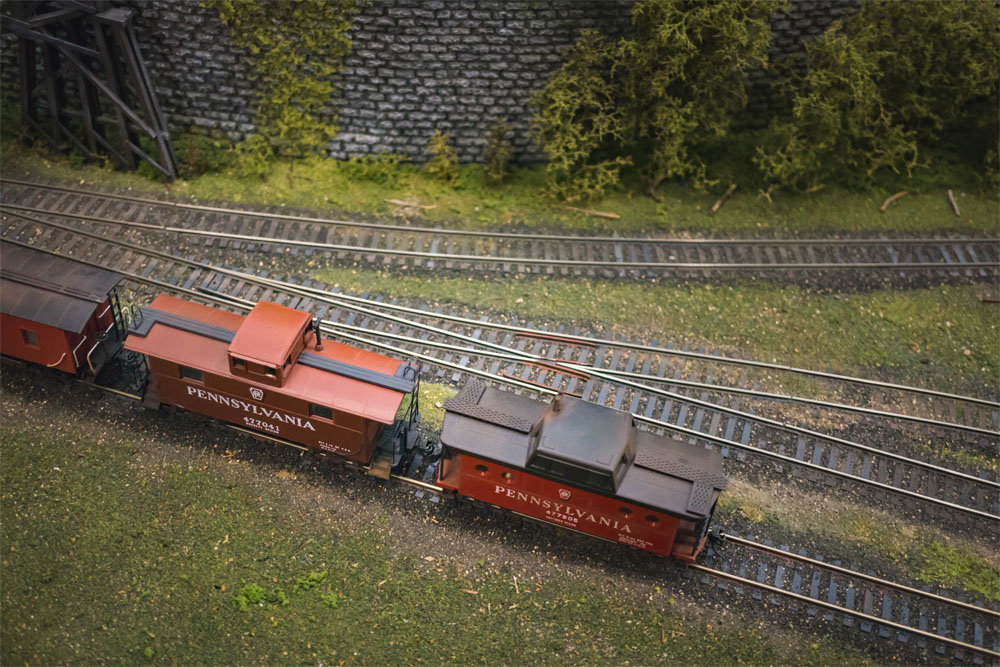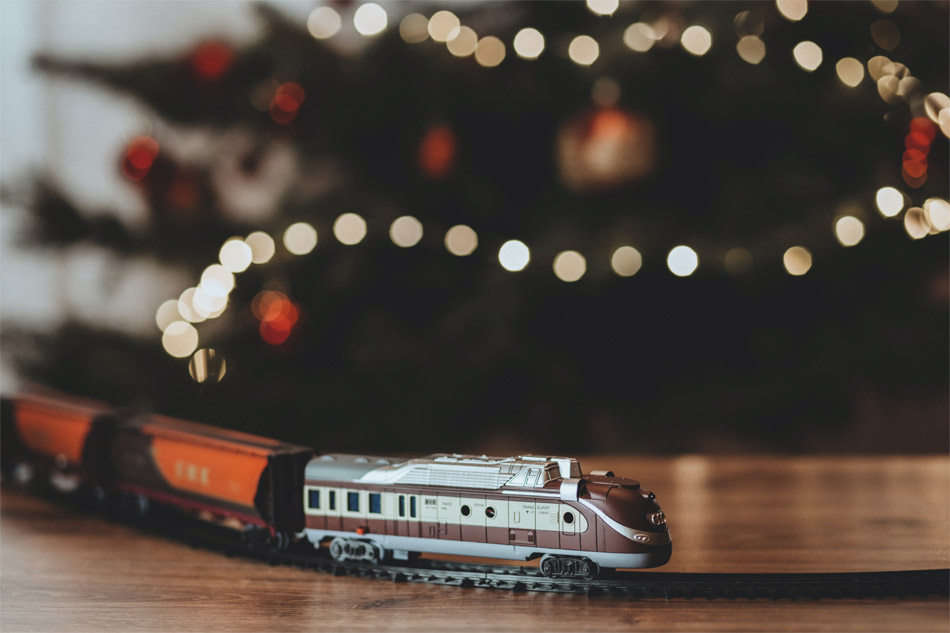A Super Brief History of Model Trains
Aug 1, 2023
There's nothing like watching and hearing a train go down a railroad track. You feel the ground rumble underneath while watching one of these marvels pass. Fortunately, you can get this excitement from building a model train and watching it chug along.
Some people grow up with model trains—others develop a passion for this hobby as they get older. But where did model trains come from? Find out as Plaza Japan guides you through a super brief history of model trains.
Who Invented the First Model Train?

We can't explore the history of model trains without discussing who invented these items. Experts disagree about who invented the first model trains. Some believe that a man named Mathias Baldwin constructed the first toy train. Others assert that a man from Germany named Eugen Marklin is the true inventor of the first train model.
However, model train historians can agree that the first model train sets were available around the mid-1800s. Instead of steam or electricity, these early toy trains depended on a good push to get moving. These primitive trains also lacked the bells and whistles (no pun intended) of modern model train kits.
Toy makers created early trains by pouring molten brass into a mold. This early form of toy train manufacturing led to the creation of models that weren't as intricate as their modern counterparts. Fortunately, this part of model train history would soon lead to more detailed models.
Model Trains Begin Gaining Steam

Unfortunately, it wasn't easy for most children or adults to get their hands on the first model trains and train sets. Instead, at this time, only wealthy adults and children could afford to collect the early steam-powered versions of modern toy trains.
During the 1890s, a German company named Marklin (as in Eugen Marklin) began producing some of the first model train sets. This company would become a major part of model railroading history. Almost a decade later, in 1901, an immigrant named Joshua Lionel Cohen began designing toy trains. Does his name sound familiar? He founded Lionel Trains, one of the pioneers of electric-powered train sets!
Electric Trains Take Over the World
As model railroading grew in popularity, it became easier for the average person to collect model trains. As the early 1900s continued, electric trains and railroads got much more sophisticated. Electric-powered trains could operate by themselves — a significant development in model train history.
With the popularity of model railroads rapidly increasing, collectors wanted more than just model locomotives. This level of consumer demand led companies to produce far more detailed miniature trains and railroad supplies. The variety of tracks, trains, and parts steadily increased throughout the 1930s and 1940s.
The Current State of Today's Model Trains

As products became easier to manufacture, the world of model railroading became more financially feasible for people to enter. While model railways remained popular in the United States, Japan also played a major role in model train history. Popular modern model train companies include Greenmax, Kato, Microace, Rokuhan, Tomix, and Tomytec.
Fans of modern toy trains have an endless world of products to explore. You can assemble and display locomotives, freight cars, passenger cars, and plenty of customizable tracks. Collectors also display buildings, trees, and other items on their train sets.
These days, most model train collectors build their collections based on scales. And it’s difficult to write about the history of model trains without mentioning scales. Here are how popular train scales differ from one another:
- Z Scale: Z scale train sets are great for someone with limited space. These models are some of the smallest commercially produced train sets, featuring a 1:220 scale ratio.
- N Scale: An N scale train set is larger than Z scale models. These models maintain a 1:160 ratio.
- HO Scale: An HO scale train set is larger than Z and N scale trains. With a ratio of 1:87, you’ll easily see every detail of your favorite HO scale train.
We hope you enjoyed this look at the history of model trains and railroading. Whether you're new to model trains, a hobbyist, or an avid enthusiast, Plaza Japan carries authentic trains, tracks, parts, and accessories. We also have a large selection of train-themed stationery, lunch boxes, and kitchenware.
 JPY
JPY  Euros
Euros
 British Pounds
British Pounds
 Australia Dollars
Australia Dollars
 US Dollars
US Dollars
 Canada Dollars
Canada Dollars
 Chinese Yuan
Chinese Yuan
 Singapore Dollar
Singapore Dollar
 Hong Kong Dollar
Hong Kong Dollar


